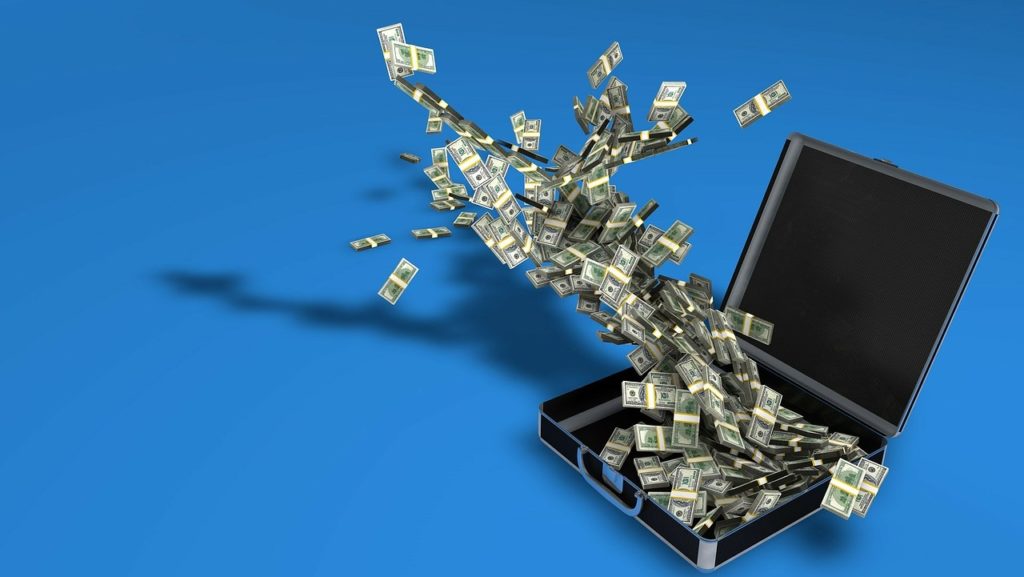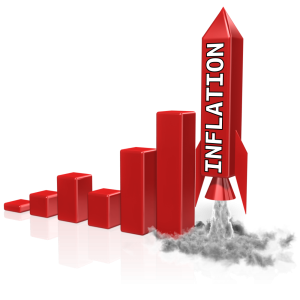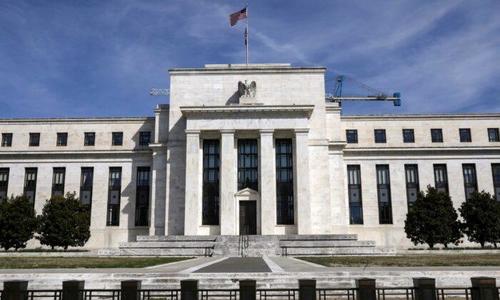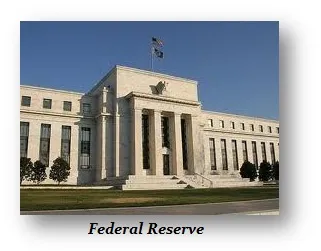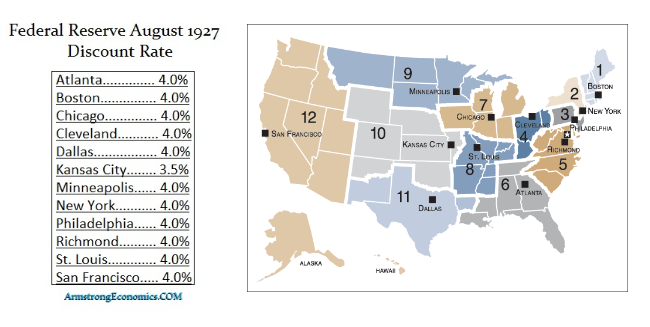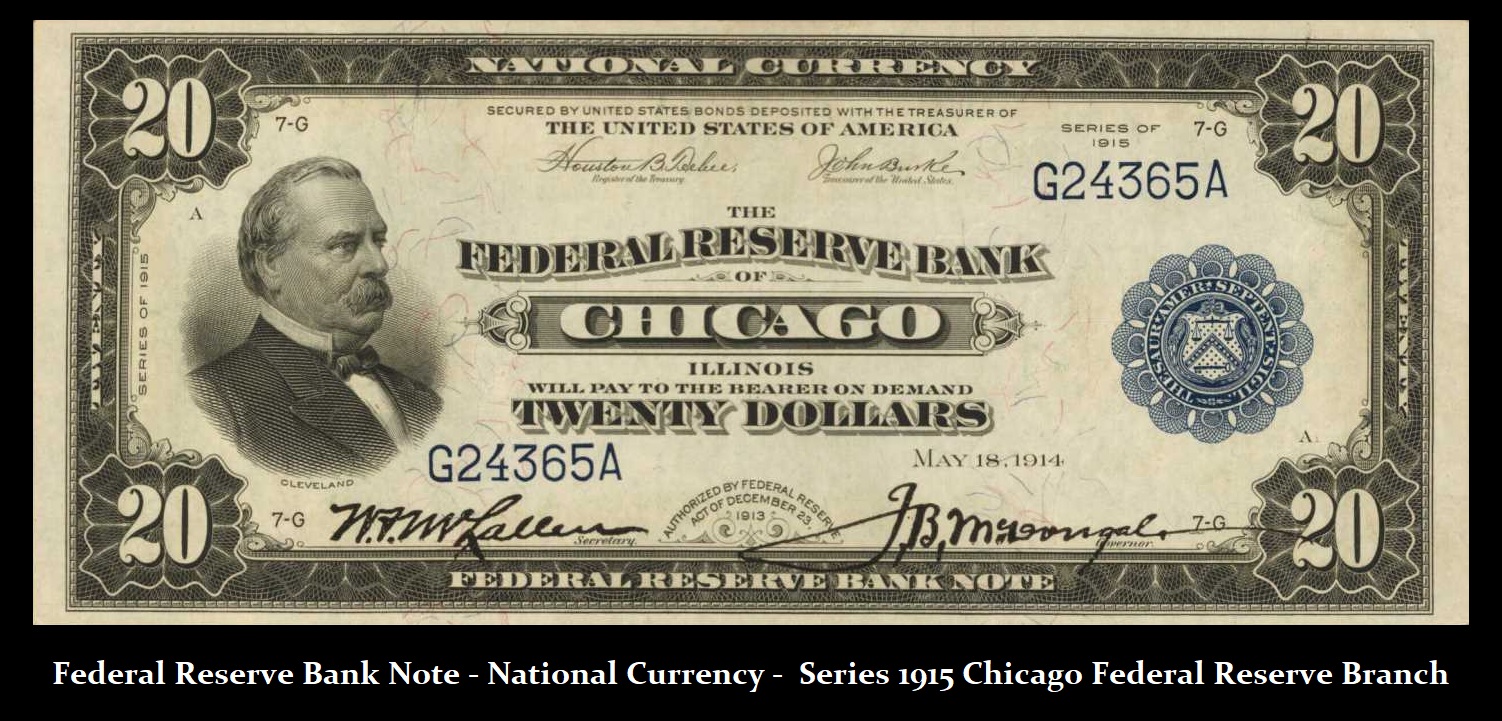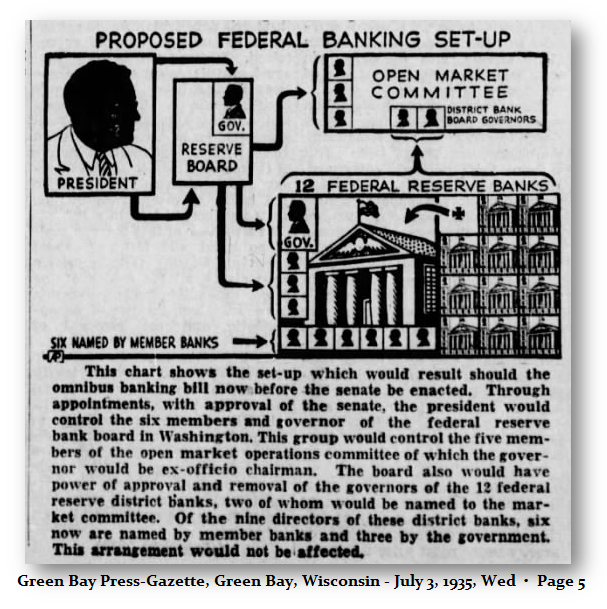After reviewing the current year to gain a perspective for 2022, this article summarises the outlook for the dollar, the euro, and their financial systems. The key issue is the interest rate outlook, and how that will impact financial markets, which are wholly unprepared for the consequences of the massive expansions of currency and credit over the last two years.
We look briefly at geopolitical factors and conclude that Presidents Putin and Xi have assessed President Biden and his administration to be fundamentally weak. Putin is now driving a wedge between the US and the UK on one side and the pusillanimous, disorganised EU nations on the other, using energy supplies and the massing of troops on the Ukrainian border as levers to apply pressure. Either the situation escalates to an invasion of Ukraine (unlikely) or America backs off under pressure from the EU. Meanwhile, China will continue to build its presence in the South China Sea and its global influence through its silk roads. Less appreciated is that China and Russia continue to accumulate gold and are ditching the dollar.
And finally, we look at silver, which is set to become the star performer against fiat currencies, driven by a combination of poor liquidity, ESG-driven industrial demand and investor realisation that its price has much catching up to do compared with lithium, uranium, and copper. The potential for a fiat currency collapse is thrown in for nothing.
2021 — That was the year that was
This year has been disappointing for precious metals investors. Figure 1 shows how gold and silver have performed since 31 December 2020.

…click on the above link to read the rest of the article…



